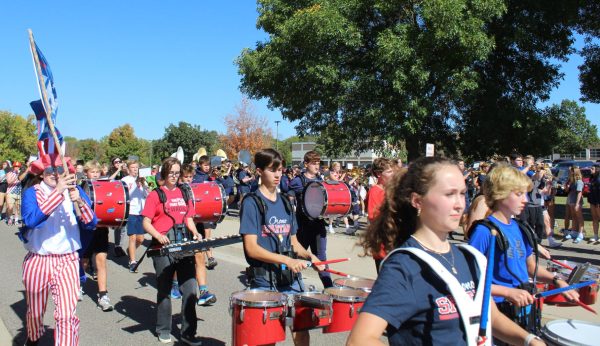Traditions Emphasising Inequality
In the United states, eleven year old girls are still in the prime of their youth. The thought of marriage is something that is not considered for another fifteen to twenty years as the average age for women to marry in the U.S. is now twenty-seven, according to Pew Research Center.
However, over seven thousand miles away in the remote village of Doodiya, India, eleven year old Nikita is preparing for marriage to her fifteen year old fiance. Nikita has yet to meet the boy because it is the parents of both children who arranged their marriage. According to PBS, ninety-five percent of marriages in India are arranged.
In traditional Indian weddings, such as the one Nikita will be participating in, the bride’s family presents the groom’s family with a dowry. The dowry usually consists of cash and jewelry, along with household items to help the newlyweds get settled.
Dowries often put a harsh financial burden on the bride’s family, so in 1961 the Dowry Prohibition Act was passed to make giving or taking dowries illegal, but the law has been described as relatively ineffective in preventing these gifts being given before a marriage.
Women whose families can not meet the dowry requirement are often faced with verbal and physical abuse. In extreme cases, brides are even murdered after the marriage by the husband and his family due to dissatisfaction with the dowry.
One form of murder that accounts for the death of at least one woman every hour in India is bride-burning, according to The Times of India. Bride burning is when the wife’s husband or in-laws douse the wife in a flammable liquid such as kerosene or gasoline which is then set alight causing the woman to burn to death.
In 2016, forty-seven percent of girls in India were married by the age of eighteen, while eighteen percent were married by as young as fifteen years old, according to UNICEF.
After marriage, newlyweds begin having children almost immediately, as contraception and family planning is still a developing concept. India’s total fertility rate is three children per woman, but in rural parts of the country it reaches as high as five children per woman. The amount of children women have remains high to balance out the high infant mortality rate according to PBS.
With the birth of children comes the pressure of having a boy. Since girls are considered an economic liability due to the dowry that must be given when she is married, the preference for male children is high. High enough that it has become illegal to conduct an ultrasound in India to identify the fetus’ sex due to an increasing rate of female feticide, or the selective abortion of female fetuses.
However, technological advancements have made abortions more easily accessible to parents who choose to abort a child based upon its gender according to the National Center for Biotechnology Information. This problem has grown to the killing of over one million females annually, causing an eight to one ratio of male to female babies born.
India’s legislature has continued to pass laws and regulations to prevent bride-burning and the abortion of female fetuses. However, in the past ten years both issues have reported an increase in the number of cases. Proving both issues are still in a state of crisis in India.





















































